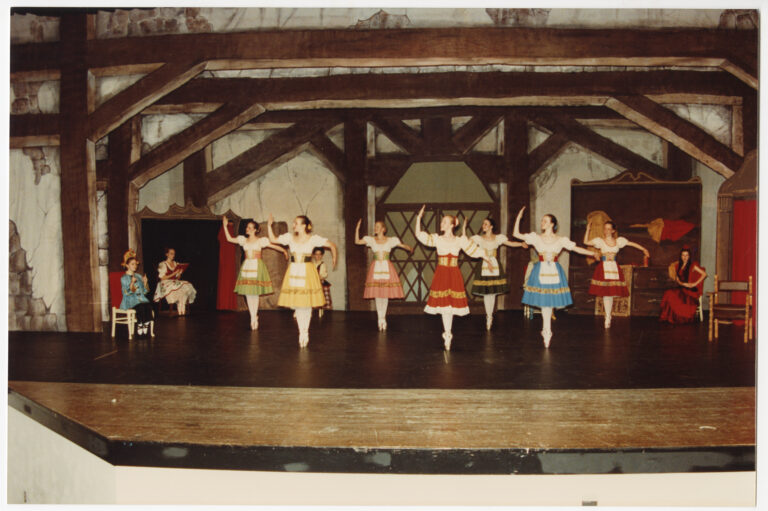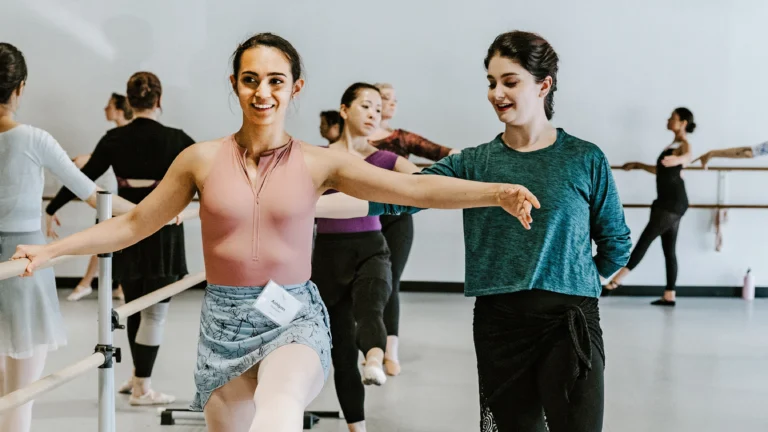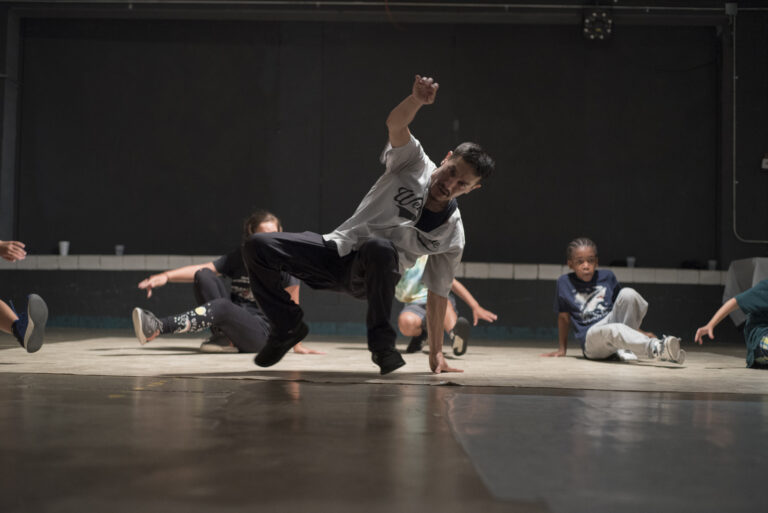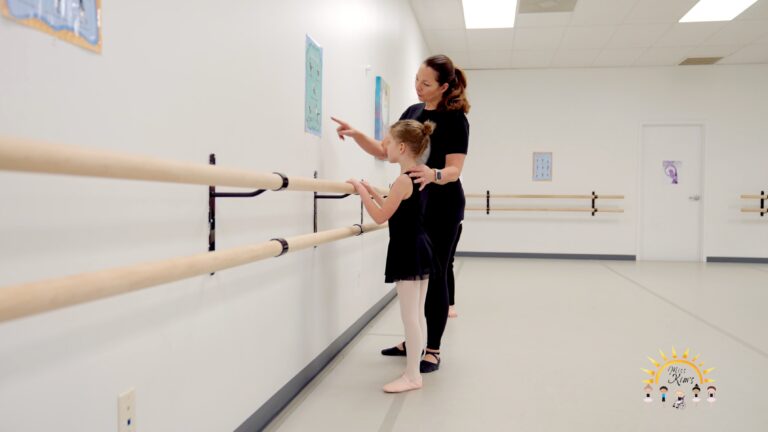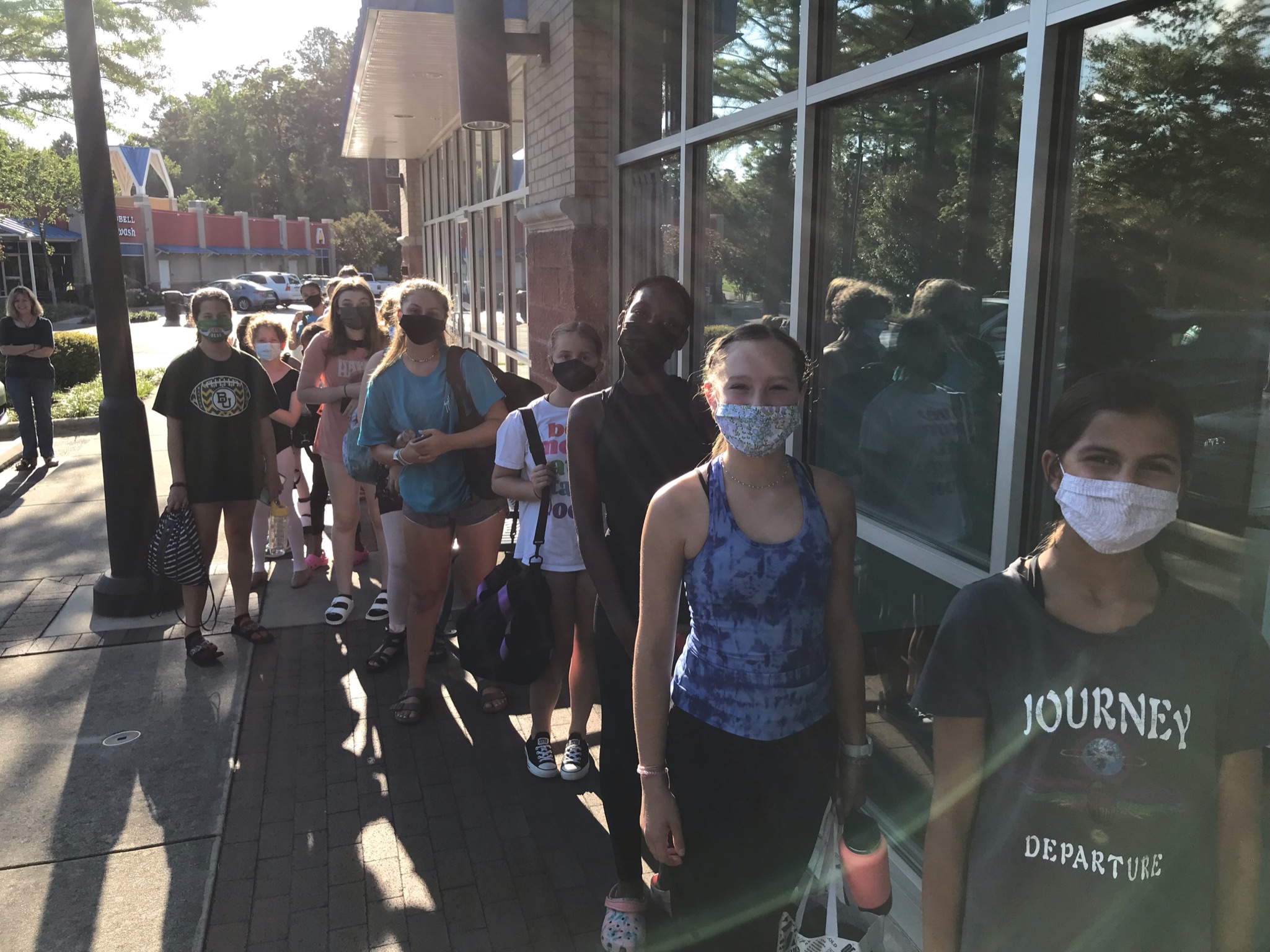
Chasta Hamilton knows that the key to a successful studio lies in your relationship to your students and families. Like any relationship, it requires more than just a good first impression—it requires upkeep: staying fresh in your customers’ minds, and continuing to prove to them why your business deserves their business.
The customer-experience journey—that is, each touchpoint a family might have with a studio—will of course be unique to your school, but the baseline formula probably cycles like this: A potential family learns about your business via word-of-mouth or advertising; they undergo a decision-making process, which leads to enrollment; and, hopefully, they become returning students and brand ambassadors, providing word-of-mouth advertising to other potential studio families.
Dance Teacher asked Hamilton, who owns Stage Door Dance Productions in Raleigh, North Carolina, to map out her studio’s customer experience journey from start to finish, and customer experience strategist Annette Franz gave her expert take.
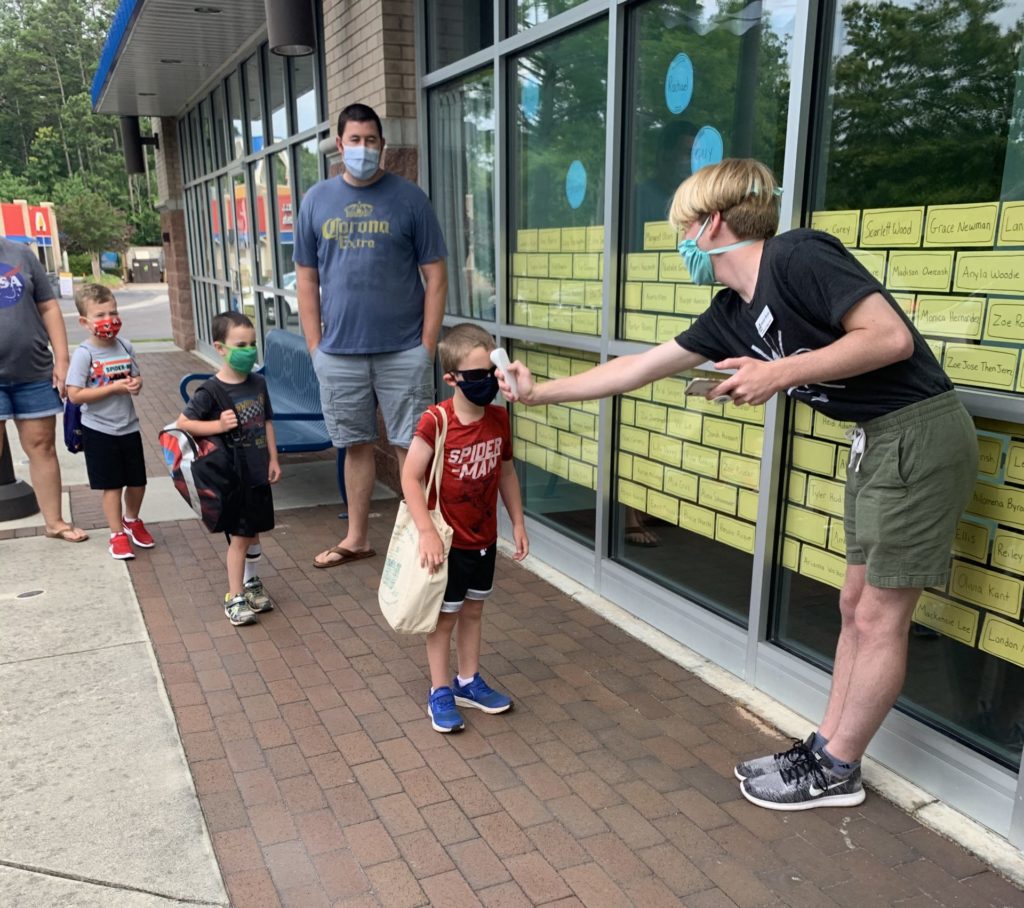
The philosophy:
Hamilton thinks of her dance studio’s client interactions as operating in three different phases: pre-studio, in-studio and a culmination/retention cycle. “Pre-studio would include everything a customer might hear from us before they enter the building,” she says. “Branding, digital messaging, social media, word-of-mouth, how their email is answered, how our phones are answered—the intake process.”
The in-studio part of their experience demonstrates that the facility is clean; that the staff is friendly; that every child is seen and heard, receiving equal instruction and attention in a nurturing way; that faculty follow a standardized curriculum and protocols.
In the culminating phase, customers see how a season of studio instruction wraps up, with a focus on progress and achieving goals. “How do the shows or experiences we create make our clients feel?” asks Hamilton. “Is that going to be powerful enough to make sure we’re retaining them year after year?”

The journey:
A new student might discover Stage Door via the studio’s upcoming referral campaign, in which current clients can recommend the studio to a friend by sharing a link to sign up for a complimentary trial class. (If the friend enrolls in a class, each party receives a $10 tuition credit.)
After completing a short information intake at the link, Stage Door staff would get in touch about scheduling the trial class and, closer to the class date, studio policies. “Right now, there’s more backend communication—our COVID safety protocols, dress code, how to do drop-off and pickup, the instructor’s and administrator’s names, how to communicate with us if they want to confirm their enrollment,” says Hamilton. “But when they arrive, they feel informed.” Parents also receive a link to sign up for a remote-viewing app, which allows them to watch the class from their personal devices.
When the student arrives to take class, the instructor is ready to welcome the family by their names. “Hopefully, the dancer has a wonderful time, and at the end, the teacher will give honest feedback about how they did,” says Hamilton. An administrator will try to catch the family as they prepare to leave, or follow up via phone call or email. If the family chooses not to enroll, their name is added to a list of people to reach out to again in six months, whether to schedule another trial or simply check in.

The learning curve:
Hamilton wanted to be more diligent about follow-ups with customers who take a trial class. So she invested in a project management system software, monday.com, that Stage Door’s entire leadership team has access to. “Now we can see who’s engaged in the conversation, what their technical stats were, how the conversation resolved, and what the reason was if they didn’t enroll,” she says.
Gold star:
“One of our strengths is correspondence—responding to emails, answering the phone, calling the voicemails back,” says Hamilton. “It sounds so simple, but so many people aren’t necessarily as conscientious about response time. So many times in this past year, I’ll hear from parents: ‘I’ve emailed five places, and you’re the only one that’s responded to me.’”
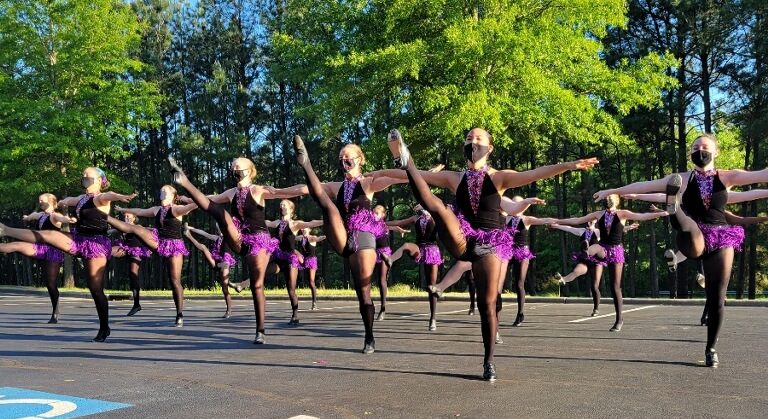
The expert’s take:
Annette Franz, CEO of CX Journey Inc., a customer-experience strategy firm, admires Hamilton’s breakdown of the customer experience journey. “I love that she thinks about the customer experience in three different phases—pre-studio, especially,” says Franz. “A lot of companies don’t think about that: The experience actually starts before the customer reaches out to you, when they’re doing research.”
One idea to consider would be developing personas, or categories, for different customers, says Franz. “Different students have different needs and end goals, and you can develop services based on those end goals,” she says. “Then it’s about getting those services out up front, as a good sales tool. If someone’s doing a studio search and looking for a studio that’s going to help them do x, they’ll know ‘OK, this studio does that.’ ”
Another idea is to get feedback from families immediately after the complimentary trial class, says Franz, rather than just offering parents feedback on how their child did. “If you get feedback, you’ll understand the reason they didn’t enroll, or why they did,” she says. Franz also emphasizes that feedback from customers shouldn’t be a one-time collection—it’s important to ask for it at several points throughout the relationship. “It’s a continuous process,” she says.

